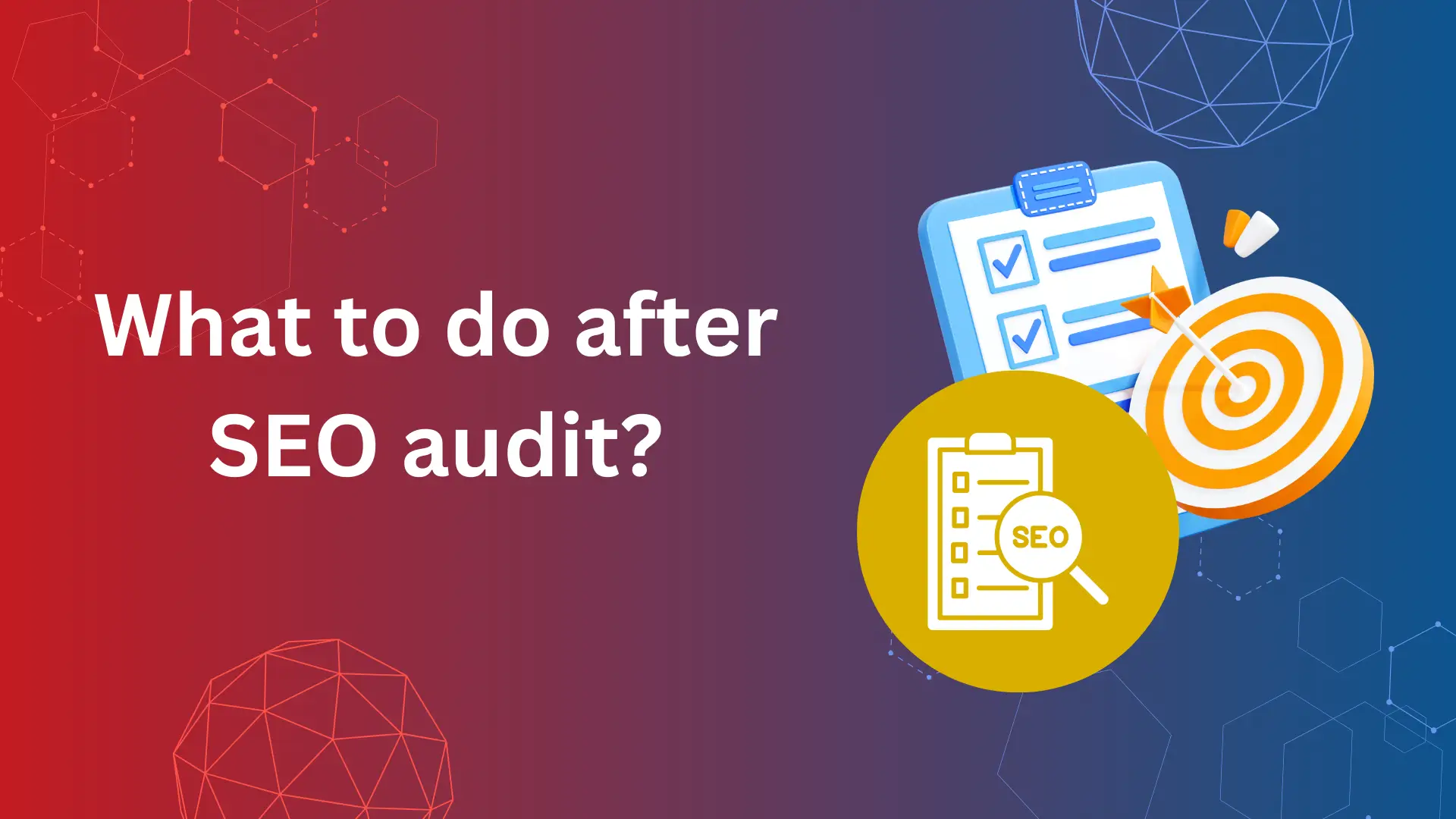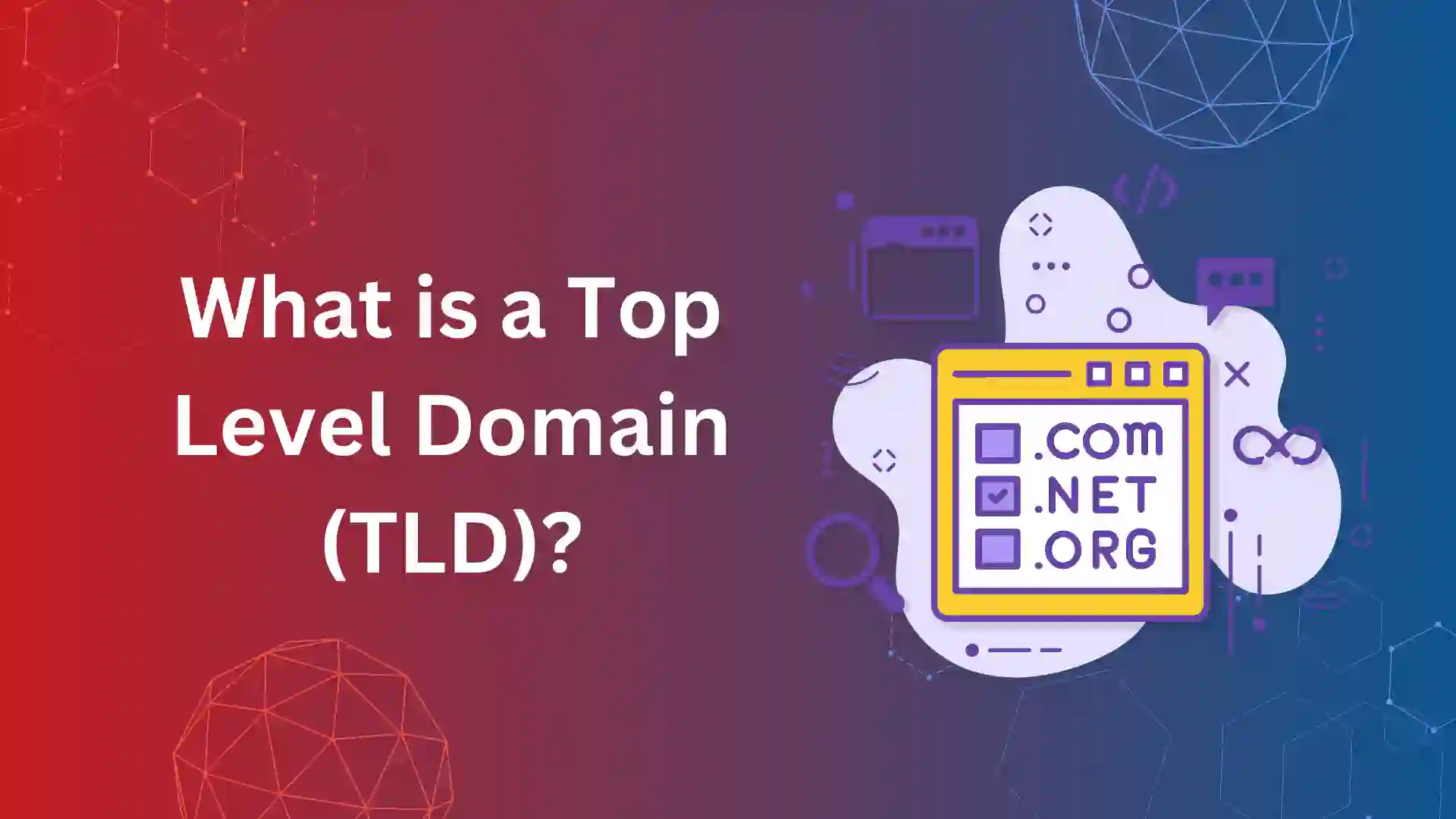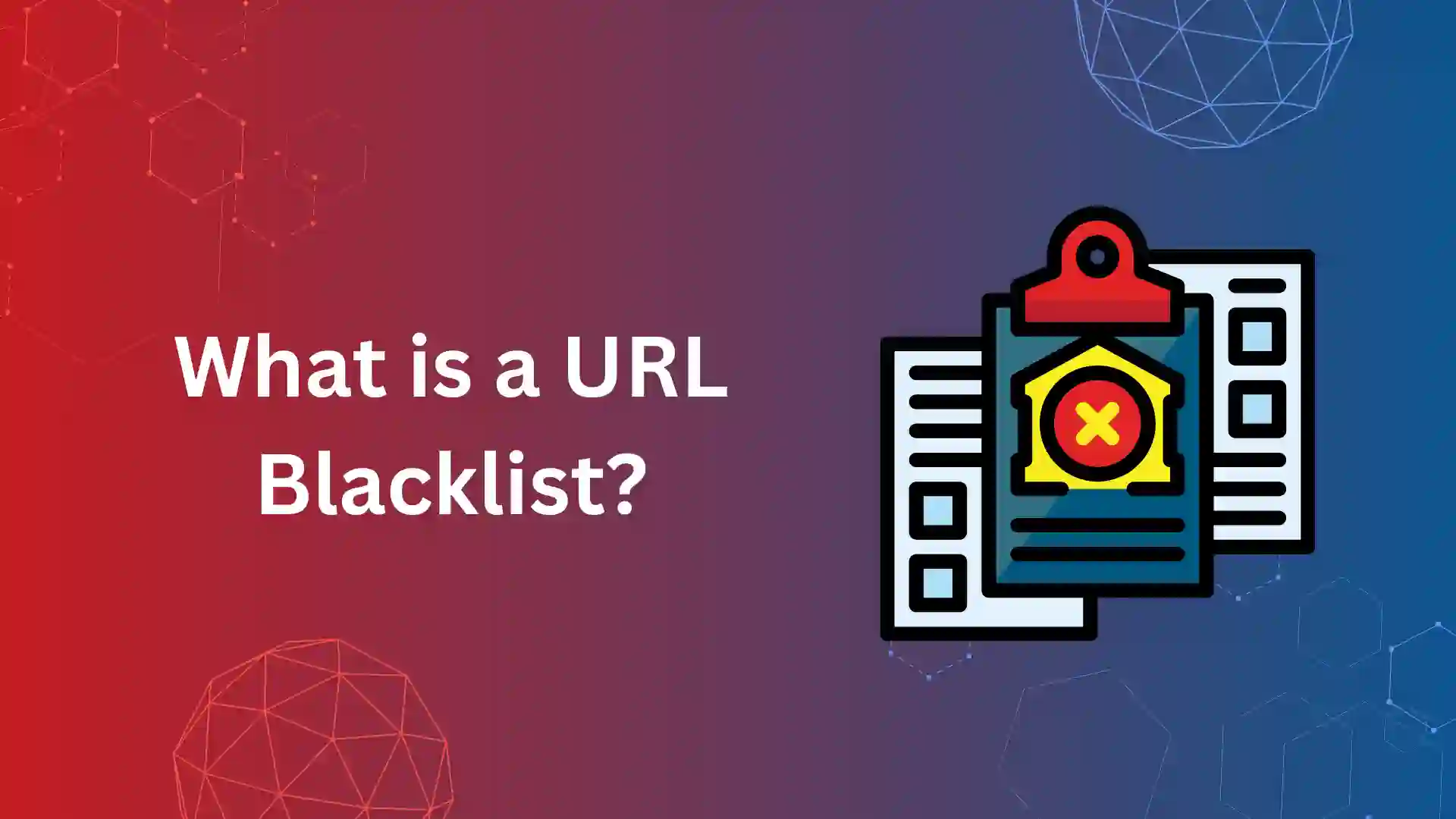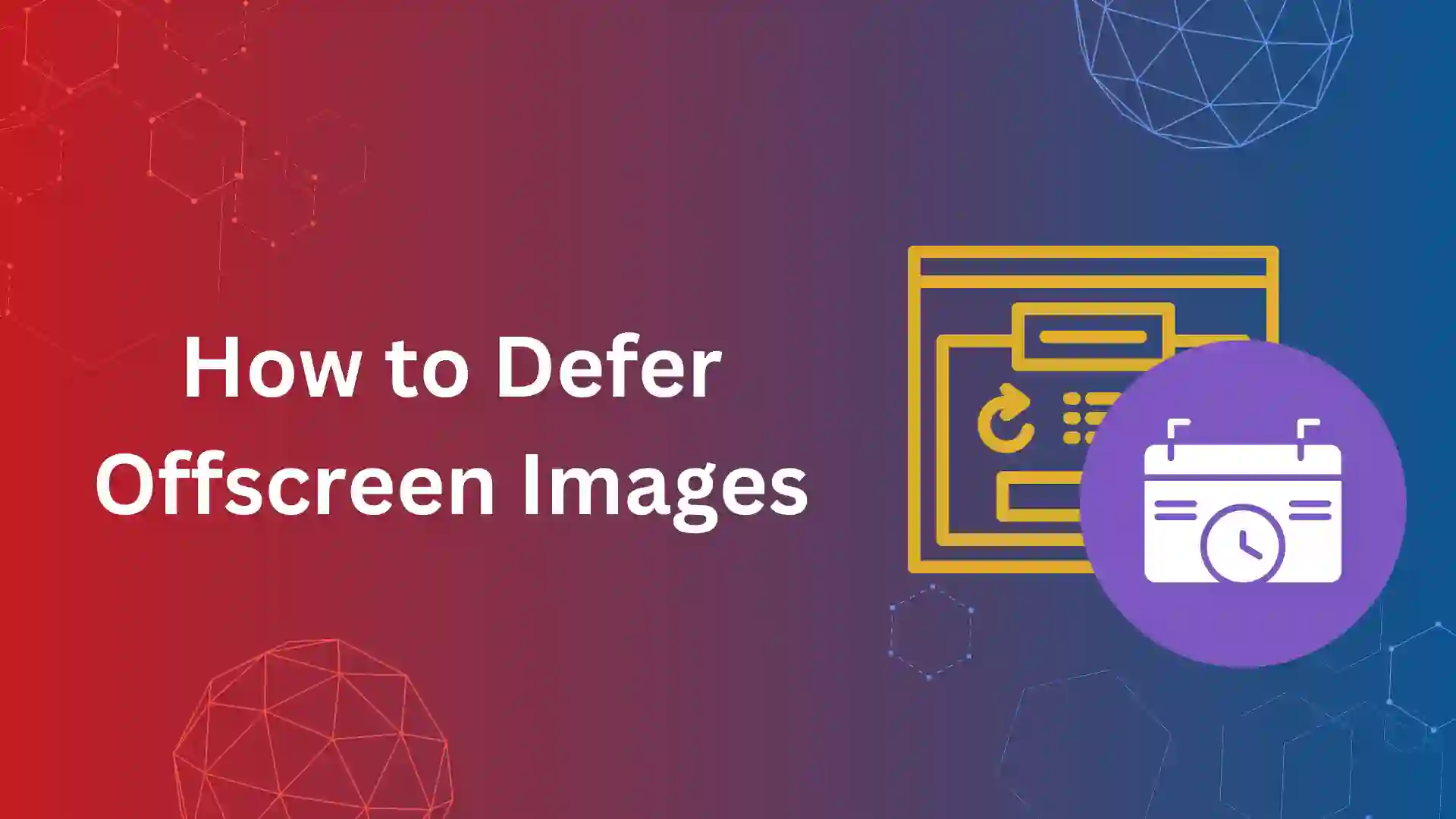After the SEO audit, you will have a detailed analysis of website performance including technical, on-page, and off-page SEO with content analysis and competitor insights.
What should you do after a successful SEO Audit? it’s time to act on fixing errors and issues and enhance your website performance.
For every action to be implemented, there should be a plan. So, I have crafted six steps that you can include in your SEO implementation strategy.
Six steps after SEO Audit
Here is a to-do list with six steps that help you implement SEO on your website after an SEO Audit.
If you are an SEO professional it will help you to implement SEO on your client’s website without any messy and unplanned kind of stuff.
So get your pen and paper ready, Let’s jump right in.
STEP 1. Create a List of Audit Findings
From the SEO audit report, first, you have to create a list of audit findings which includes
- On-page Analysis – Header, Title tag, meta description, etc.
- Off-page Analysis -Inbound and outbound backlinks
- Technical Analysis –Crawl errors, website speed, performance, etc.
- Content analysis -Thin content, low-quality pages, etc.
Example Audit Findings:
Let’s take a random example and the audit findings list should be this way, prefer Google Sheets or Excel for creating a proper list
1. On-Page SEO:
- Title tags are not optimized for target keywords.
- The length of Meta descriptions is too long.
- Image alt-text is missing (common error)
- Technical SEO:
- The website has indexing issues.
- Too many redirects and crawl errors.
- No Mobile Optimization.
- Off-Page SEO:
- The website has few backlinks.
- No outbound links.
Likewise, create an audit findings list and move on to the next step
STEP 2. Analyze and Prioritize Recommendations
Now, that you have SEO audit findings data, the next step is to analyze the data and prioritize them based on the needs
Key factors to consider for prioritizing:
- Impact: check whether resolving this issue improves your SEO performance. This can be measured based on potential increases in traffic, ranking improvements, or conversion rates, consider prioritizing as low impact or high impact.
- Effort: How much time and resources will it take to fix this issue? Based on your team’s capacity and available resources.
- Urgency: Does this issue need immediate attention or can I do it later?
You can also set your own rules of prioritizing based on your website’s needs and resources.
STEP 3. Craft an Action Plan
This is a crucial step after conducting a deep SEO audit analysis, Just planning will not work, it requires action, so it is recommended to create an action plan, Here’s how you can structure an action plan
- The action plan should have clear metrics with a timeframe and attainable goals.
- Break down each recommendation into actionable tasks with specific instructions.
- Include deadlines for completion and checkpoints for progress monitoring.
Example Action Plan:
Deliverable 1:
Issue: Title tags are not optimized for target keywords on all pages
Pages Count: 15
Task: Analyze and craft a title tag for each page with targeted keywords
Timeframe: 4 Hours
Impact: High
This is a simple example of prioritizing tasks, it helps to identify the actions to be taken further, you can also prioritize tasks in the format of checklists.
With this, we will continue to the next step.
STEP 4. Allocate Resources and Fix Deadline
After creating an action plan, it’s time to allocate resources and fix the deadline. Based on the capability of your team members, allocate tasks and fix deadlines for them.
Once tasks have been allocated to team members and deadlines have been set for each action item, it’s important to determine an overall deadline for the entire project. Here’s how you can proceed.
- Based on the estimated durations of individual tasks and the buffer, set a realistic deadline for the completion of the entire project.
- In an organization, it is recommended to consider any external factors or deadlines that may impact the project timeline, such as product launches or marketing campaigns
If you are an SEO freelancer or business owner, just fix a deadline for each task and the end project.
STEP 5. Implement and Track Progress
After resource allocation and deadline fix it’s time to implement and another important step to consider is progress tracking.
Here are some steps involved in progress tracking
- Track small tasks – use task tracking tools if necessary
- Maintain detailed documentation of task assignments, progress updates, and any changes or revisions made to the action plan.
- Report the challenges during task implementation and the strategies used to address them.
- Keep a record of completed tasks and milestones achieved to track overall progress.
- Track Key Performance Indicators such as search traffic, keyword rankings, conversion rates, and user engagement metrics
STEP 6. Create a list of Recurring Tasks
SEO is not a one-time task, it is a recurring task, without enhancements and regular updates in SEO, your website will not be on the first page of Google.
The position of a particular keyword often changes in the search engine result page based on the relevance and the updated content, so it is important to keep the content fresh and adapt to the SEO changes.
It is recommended to create a list of recurring tasks and they should be in the ongoing process bucket, it is also important to set the time frame and resources to do ongoing SEO tasks.
Example recurring tasks:
- Content creation and optimization
- Backlink analysis
- Monthly SEO Audits
Every website owner will have unique recurring or ongoing tasks based on their website usage and business needs, find your recurring tasks and document them.
Wrap up:
Finally, it’s time to wrap up, these are the six crucial steps to consider after an SEO Audit, this is the basic framework that helps business owners, agencies, and freelancers implement an SEO strategy for any website.
Feel free to adjust the framework as per your needs and always implement what you have planned. Proper Implementation brings you the desired results.
The SEO journey is a slow and steady method that gives you long-term growth and benefits, so be patient and implement your action plan, and results follow.
If you feel overwhelmed and need help implementing the SEO framework, we are offering SEO services to grow your organic traffic efficiently.













